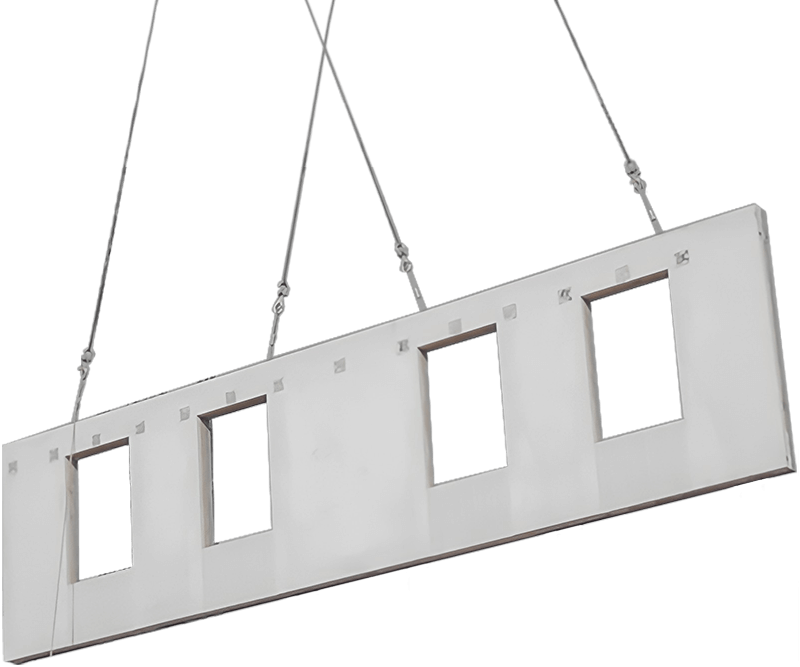
Embarking on a large-scale construction project is highly complex, even for the most veteran contractors, designers, and planners. Something as simple as choosing between precast and cast-in-pace concrete may be a major decision.
Often, knowing more about the development of a material or building method can give you the information you need to make a more informed decision.
At Metromont, we believe that a precast concrete solution is often the best bet for a given job – from both a financial standpoint and sustainability. But precast concrete hasn’t always been the “go-to” solution, only more recently being adopted in massive commercial projects.
Today, let’s take a little walk down memory lane and see how far precast has come.
Precast History
Precast concrete has been around just about as long as concrete itself. Around 1300 BC, builders in the Middle East discovered how to make a hard cement-like coating by covering their clay homes with burned limestone – the precursor to modern cement.
Just a few centuries later, the Romans had begun to mix crushed limestone and other soft rocks with sand and water to create an early form of concrete. Pouring this concrete into molds or wooden forms helped form the intricate aqueduct systems and catacombs that required precision of measurement and durability of construction.
Without the ability to pre-mold concrete and install multiple slabs at once despite inclement weather or other environmental obstacles, it’s unlikely the ancient Romans would have been able to construct the extensive underground tunnels that still exist today.
In this respect, the earliest versions of precast concrete were instrumental in inspiring the expansion of many large cities in Europe and Asia. It’s also a testament for how truly durable concrete is as a building structure.
Let’s fast forward to today.
Precast Concrete Today
Despite these early uses, precast concrete didn’t become common or popular in much of Western Europe and North America until the early 1900s.
Just prior to World War I, British city engineer (and soccer net inventor) John Alexander Brodie patented the process of constructing precast paneled buildings, what was then a ground-breaking innovation in construction.
He ended up paving the way for future construction innovations.
On June 18th, 1954, the Precast Concrete Institute was formed to serve as the technical sounding board for all information and practices related to precast/prestressed concrete. Since its founding, PCI has developed, maintained and disseminated the body of knowledge for the precast and prestressed concrete structures industry, and hence created and maintained many industry standards.
Today, precast is widely used in the construction of the superstructure or frame of a building. And due to its versatility in shape, texture and color, it’s often used as architectural cladding designed to mimic the appearance of more costly materials such as limestone, granite or stone. But perhaps the greatest benefit of precast concrete is that it can serve as both the structural and architectural element at the same time, providing a total precast concrete building.
Here at Metromont, we provide precast concrete solutions for schools, municipal buildings, sports venues, office buildings, and data centers.
If you’re giving greater thought to selecting precast concrete for your next building project whether for architectural cladding, structural frame or a total precast solution, you may want to investigate how Metromont can provide you with a custom solution that meets your needs.




